Optimal Timing for Concrete Repairs
Concrete repairs are most effectively performed during specific times of the year to ensure optimal curing and durability. Temperature and weather conditions play a significant role in the success of repair projects. Cooler or excessively hot weather can impact the setting process, leading to potential issues such as cracking or improper bonding.
Ideal conditions for concrete repairs typically include moderate temperatures, low humidity, and dry conditions. Spring and early fall often provide the best environment, as temperatures are generally within the optimal range for curing. Performing repairs during these periods can reduce the risk of damage caused by freeze-thaw cycles or rapid drying.
Spring offers moderate temperatures and less humidity, making it suitable for concrete repairs. It allows proper curing before summer heat or winter cold sets in.
Early fall provides cooler weather with less rain, ideal for repairs. It ensures concrete has sufficient time to cure before colder months.
High temperatures can cause rapid drying and cracking. Repairs during peak summer should be avoided or scheduled during cooler parts of the day.
Cold weather can hinder curing and cause freeze-thaw damage. Repairs should be postponed until conditions improve or specialized materials are used.

A concrete repair project underway during the spring season, with favorable weather conditions.

Preparing a concrete surface for repairs in early fall, with mild temperatures and dry conditions.

Concrete exposed to high summer temperatures, highlighting the importance of scheduling repairs during cooler periods.
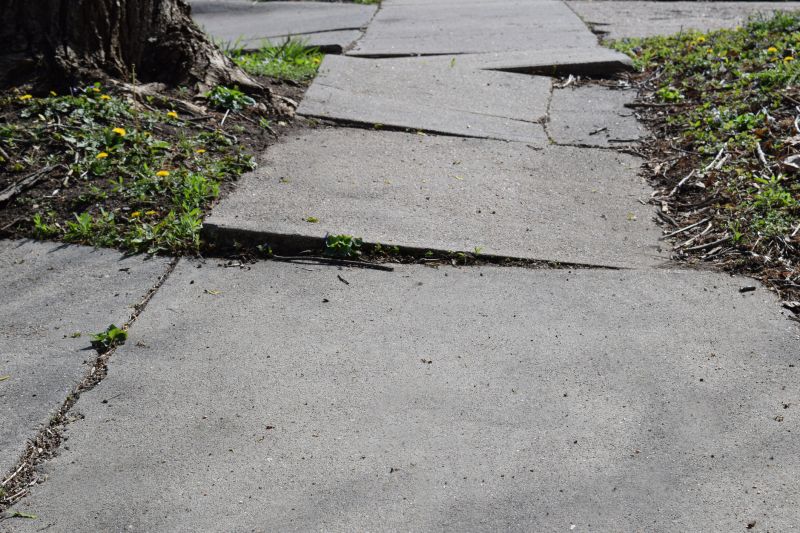
Concrete repairs in winter require special considerations due to cold and potential frost damage.

Tools and techniques used to track weather conditions for optimal repair timing.

Preparing sites in spring for effective concrete repairs.
| Season | Optimal Conditions |
|---|---|
| Spring | Moderate temperatures, low humidity, dry weather |
| Fall | Cool temperatures, dry conditions, less rain |
| Summer | High temperatures, risk of rapid drying, avoid peak heat |
| Winter | Cold temperatures, risk of frost, delays recommended |
Concrete repairs are essential for maintaining structural integrity and safety. Proper timing ensures that repairs are durable and long-lasting. Weather conditions significantly influence the curing process, which is critical for the strength and stability of the repaired concrete. Statistics indicate that repairs performed during optimal weather conditions have a higher success rate, with fewer issues such as cracking or surface deterioration.
Understanding the best times for concrete repairs can help avoid costly mistakes and extend the lifespan of the concrete surface. Factors such as temperature, humidity, and precipitation must be carefully considered. Proper planning and monitoring can lead to more effective repairs, reducing the need for future interventions and ensuring safety and durability.
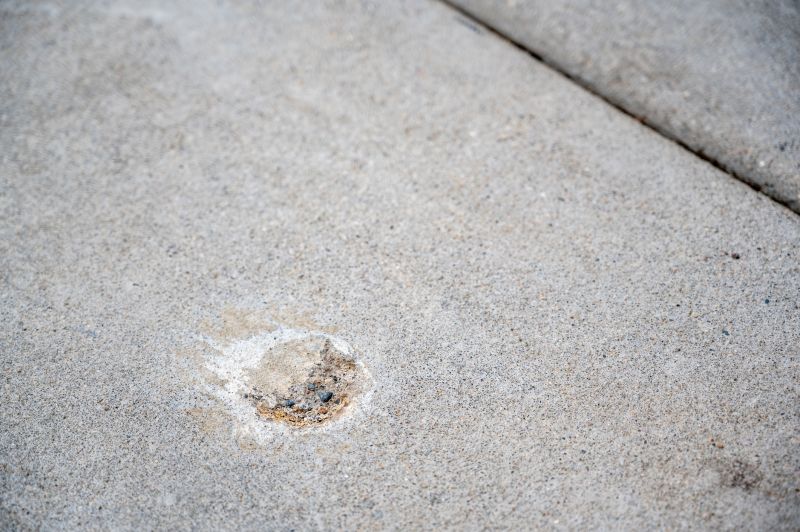
Concrete repair project during spring with optimal weather.
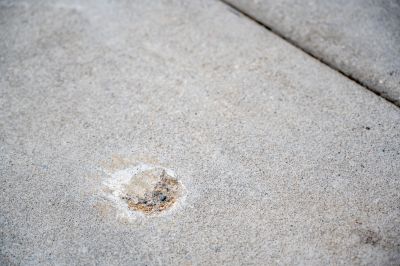
Concrete surface being repaired in early fall conditions.
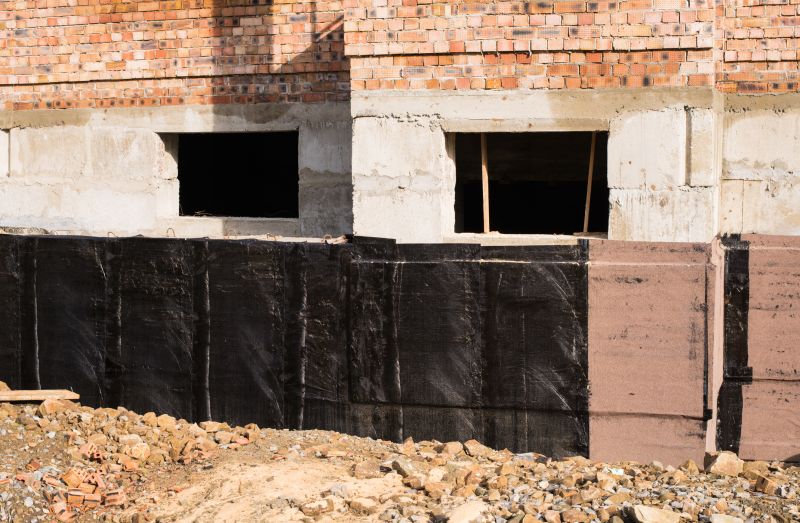
Concrete exposed to high temperatures, emphasizing timing importance.
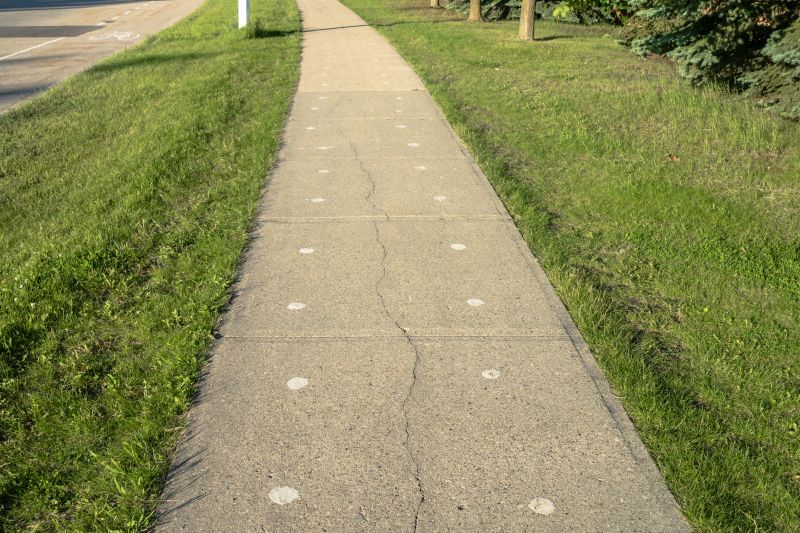
Cold weather affecting concrete repair procedures.
For those interested in concrete repairs, filling out a contact form can provide tailored guidance and scheduling options. Proper timing and expert assistance ensure the longevity and safety of concrete surfaces.
